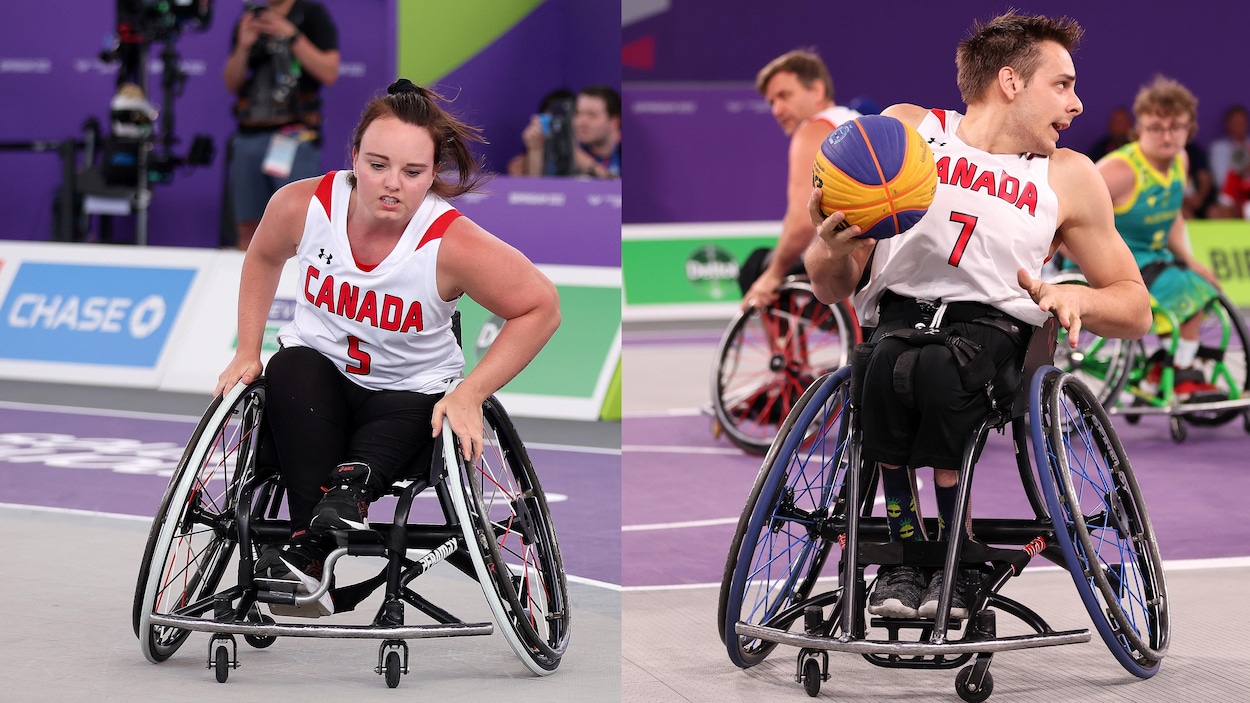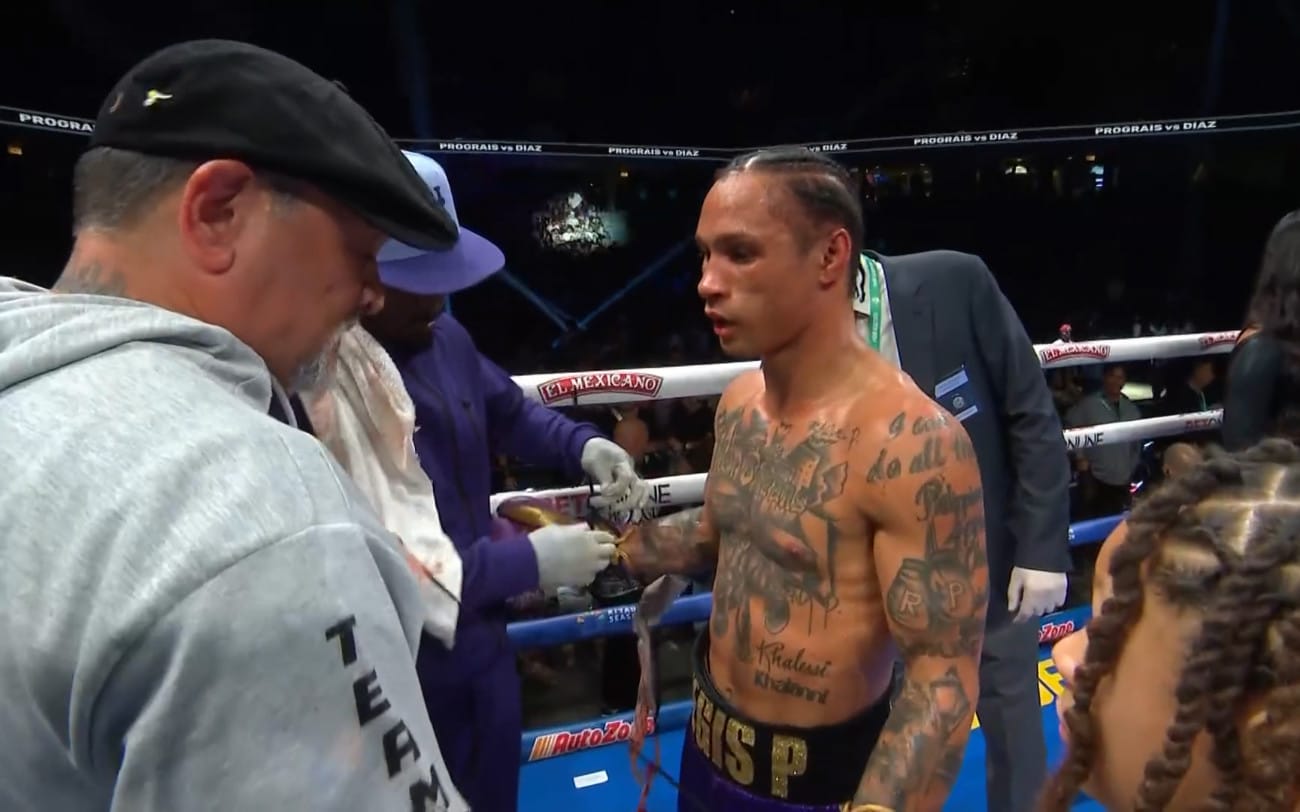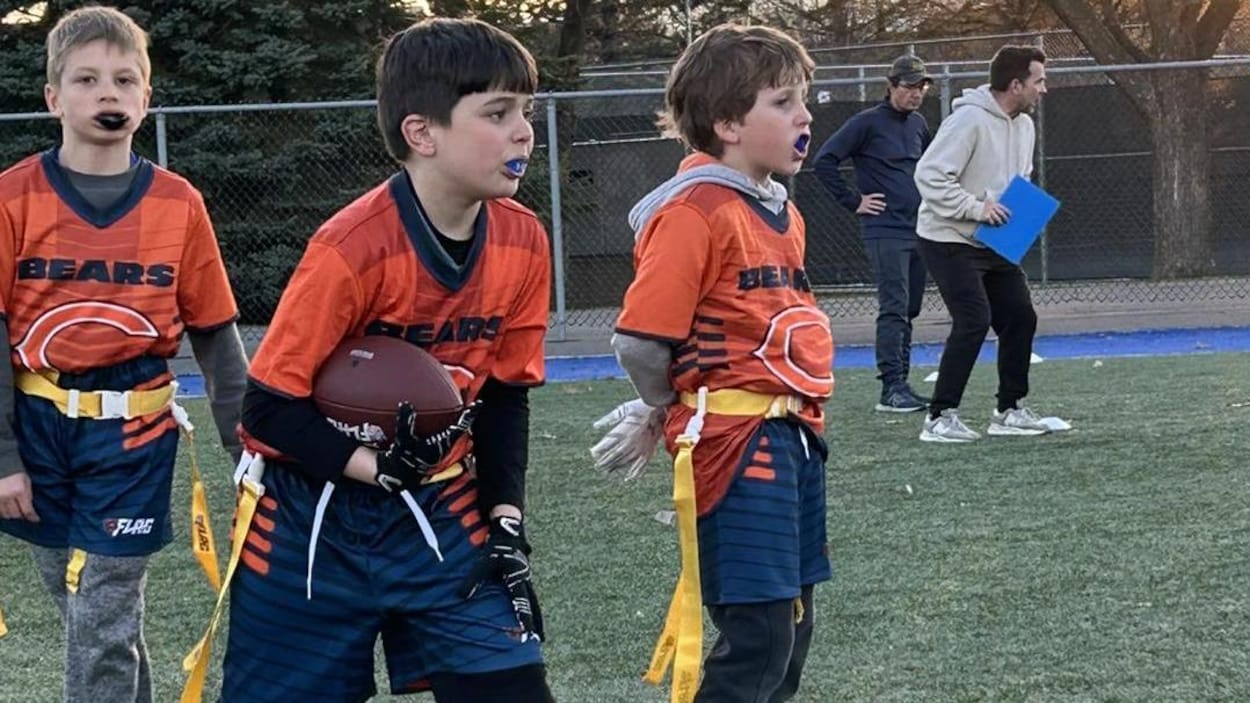PROTECT YOUR DNA WITH QUANTUM TECHNOLOGY
Orgo-Life the new way to the future Advertising by AdpathwayToday’s guests are Cameron Josse and Joel Reinhardt. Cameron Josse is an Assistant Strength & Conditioning Coach with the Detroit Lions. He’s previously led training at DeFranco’s and worked in college football at Auburn and Indiana, training athletes across the NFL, NHL, UFC, and WWE. Joel Reinhardt is the Director of Football Performance at Lafayette College. He’s coached at San José State, Stanford, UMass, and Nicholls State.
Both Cameron and Joel are field leaders in applied performance, data-driven programming, and athletic movement for physical preparation in American Football. Details in athletic preparation change from the level of high school to college to professional.
On today’s episode, Cameron and Joel speak on the nature of contact and collision preparation in their athlete populations, with a specific emphasis on the use of the ground and rolling patterns. They discuss the specific game demands of football, especially on the college and pro level, and how to prepare athletes for 25,000+ weekly yards of total on-field movement. They break down their approaches to speed, direction change, and capacity building work, with these ideas in mind. This was a show with lots of wisdom on helping players fully meet the needs of their sport.
Today’s episode is brought to you by Hammer Strength and LILA Exogen wearable resistance.
Use the code “justfly25” for 25% off any Lila Exogen wearable resistance training, including the popular Exogen Calf Sleeves. For this offer, head to Lilateam.com

Podcast: Play in new window | Download (Duration: 1:20:38 — 73.9MB) | Embed
Subscribe: Apple Podcasts | Spotify | Amazon Music | Android | Pandora | iHeartRadio | JioSaavn | Podchaser | Email | Deezer | Anghami | Youtube Music | RSS
View more podcast episodes at the podcast homepage. (https://www.just-fly-sports.com/podcast-home/)
Timestamps
1:57 – In-Season Program Differences: NFL vs. College Strength Cycles
4:48 – Navigating Player Relationships with Private Trainers
15:57 – Adapting Contact Prep and Agility for Different Levels
32:38 – Tempo Running as a Foundation for Training Camp Readiness
37:44 – Total Yardage and Conditioning Strategy in Football Preparation
50:16 – Designing Multi-Directional Conditioning Sessions That Mimic Football
58:28 – Integrating Multi-Directional Movements in Conditioning for Athleticism
1:03:46 – Reframing Speed Development Within Annual Training Cycles
1:10:04 – Shifting Focus: From Pure Speed to Building Complete Players
Actionable Takeaways
In-Season Program Differences: NFL vs. College Strength Cycles [1:57]
College and NFL environments demand different strategies due to season length, player access, and structure. Joel discusses managing heavy summer phases before camp, while Cam explains the shift in autonomy and scheduling when transitioning to the NFL.
What to try:
- In college, leverage summer access to build in more football-specific work before camp.
- In pro settings: Expect less year-round control—build players’ autonomy and keep lines open during away periods.
- Plan for longer in-season stress in the NFL (17+ games); taper early and build recovery into weekly rhythms
Navigating Player Relationships with Private Trainers [4:48]
Cameron emphasizes collaboration with private-sector coaches when players train off-site. Rather than resisting outside input, he advocates for using it to better individualize in-team programming.
What to try:
- Reach out to private coaches working with your athletes—especially vets with long-standing relationships.
- Use those conversations to shape training direction, not override it.
- Drop the ego—focus on what helps the athlete feel and perform best
Adapting Contact Prep and Agility for Different Levels [15:57]
Literal contact prep (e.g., wrestling, rugby-style drills) is mostly off-limits in team settings. Cam shifts toward decel work, ground-based drills, and rolling patterns to mimic collisions without violating rules.
What to try:
Use crawling, rolls, and tumbling as proxies for contact—especially during early prep phases.
Emphasize deceleration and COD mechanics for lower body contact loading.
Build athlete comfort with awkward positions and time on the ground
Tempo Running as a Foundation for Training Camp Readiness [32:38]
Joel frames tempo as a sign of team maturity—it shows athletes can train with intent without going max effort. It also lays the groundwork for higher sprint volumes and helps manage total weekly load.
What to try:
- Plan 2 extensive field days (e.g., Tue/Thu) to increase weekly yardage while managing intensity.
- Use tempo + COD combo sessions to maintain variety and logistical flow.
- Track volume and speed separately—don’t let tempo days become accidental sprint days
Conditioning Strategy and Sprint Volume [37:44]
Cameron warns against the sprint-only mindset. Sprinting matters, but players also need aerobic resilience to survive camp and long games.
What to try:
- Audit your week: Are you hitting high-speed zones and total yardage?
- Don’t let trendy sprint metrics overshadow base capacity work.
- Build up to total distances players will face in peak camp weeks (e.g., 30,000–40,000 yards for WRs)
Designing Multi-Directional Conditioning for Football [50:16]
Cam outlines a 4-station model that blends tempo, COD, maneuverability, and resisted sprints. The key is pacing the reps with whistle cues to mimic play-clock intervals.
What to try:
- Set up 4 stations: linear tempo, COD (e.g., 5-10-5), curvilinear agility, and resisted acceleration.
- Rotate every 30–40 seconds on the whistle—mimic football tempo.
- Scale distance and rep count weekly to increase capacity cleanly
Integrating Multi-Directional Movements in Conditioning for Athleticism [58:28]
Cam shares how integrating collisions and chaotic agility patterns within conditioning not only builds fitness but also enhances durability and game-readiness. It’s about exposing athletes to awkward positions and unexpected movements under fatigue.
What to try:
- Incorporate partner-based bump drills or collision-prep exercises in conditioning circuits.
- Add reactive, multi-directional drills under light fatigue—mimic chaotic in-game movement.
- Focus on athletic problem-solving, not just clean, scripted reps
Reframing Speed Development Within Annual Training Cycles [1:03:46]
Joel and Cam both emphasize that speed doesn’t need to be a year-round obsession. Instead, they strategically prioritize it based on the training calendar, with technical work early and more reactive speed closer to competition.
What to try:
- Block out specific phases for linear speed development—don’t chase it every week.
- Early phase: Focus on mechanics, posture, and controlled exposures.
- Preseason phase: Shift toward reactive, competitive sprints with minimal cueing
Shifting Focus: From Pure Speed to Building Complete Players [1:10:04]
The conversation closes by addressing a common trap: chasing maximal sprint or strength numbers at the expense of adaptability. Both coaches agree—mature programs prioritize building resilient, adaptable athletes who can thrive in the unpredictable chaos of sport.
What to try:
Avoid obsessing over max metrics—blend physical outputs with tactical and technical skill sessions.
Measure success by in-game performance and injury resilience, not just speed charts.
Program regular “chaos” sessions—unstructured play, reactive games, or mixed-movement circuits
Quotes
“Some of the better athletes on the team are not necessarily the fastest, but they are the ones who seem to control their bodies the best.” – Cameron Josse
“The ground is undefeated.” – Cameron Josse
“It’s not about making the strongest guy, the fastest guy, any of that. It’s about helping foster the best player you can.” – Cameron Josse
“If I have a wide receiver who adds half a mile an hour to his top speed over six months, sweet—that’s a significant difference in a comeback route if he can push the guy off or have an extra half yard.” – Joel Reinhardt
“If a player is telling me that there’s someone that makes them feel their best, I personally feel as though I would want to get in touch with that person just to learn about what they’re doing.” – Cameron Josse
“Sometimes it’s interesting to be like, oh, I wouldn’t even think to do that because I’m doing it with 30 guys at one time.” – Joel Reinhardt
“If you’re not working backwards from the game, I just don’t know what you’re doing.” – Cameron Josse
“When people say, ‘How much should I run? How much should I sprint?’ I always say it’s based on whatever team you work with in the team setting.” – Cameron Josse
“If I have a team that is able to maturely execute good extensive tempo, it just opens up more avenues from an overall training perspective.” – Joel Reinhardt
“You’re not just thinking about speed, power, strength, somebody that’s isolated by motor abilities or qualities. You’re thinking systemically, how am I creating the best integrated system of a player that I can?” – Cameron Josse
“Recognizing the time of year and educating the guys around like, ‘Hey, we had 26,000 total yards this week and you hit 94% of your all-time best speed—you don’t need to be disappointed by that.'” – Joel Reinhardt
“I always think it’s funny when people try to decelerate on the balls of their feet like the same foot strike you’d have in acceleration. It’s literally the opposite of accelerating—you need whole foot pressure.” – Cameron Josse
About Cameron Josse
Cameron Josse is currently serving as an Assistant Strength & Conditioning Coach with the Detroit Lions. Cameron brings a wealth of experience shaped across collegiate and professional domains. Following a successful seven-year tenure in the private sector as Director of Sports Performance at DeFranco’s Training Systems (2014–2020), he transitioned into collegiate football, first with Auburn and then Indiana University, where he shaped high-level training programs for athletes in the NFL, NHL, UFC, and WWE. His portfolio showcases expertise in sport‑specific speed development, neural training, and integrated performance planning, skills he continues to leverage on the Lions sideline.
A PhD candidate and specialist in athletic performance, Cameron’s methodology bridges scientific rigor and field-tested application. At Indiana, he spent three seasons refining football performance systems before his NFL appointment . Known for his insights on sprint mechanics and speed training, he regularly shares expertise through clinics and masterclasses. With the Detroit Lions, he works alongside a dynamic strength and conditioning staff—led by Mike Clark—bringing a modern, data-driven approach to athlete development and recovery.
About Joel Reinhardt
Joel Reinhardt is the Director of Football Performance at Lafayette College. Joel brings a wealth of experience in strength and conditioning, having coached at programs like San José State, Stanford, UMass, and Nicholls State. At San José State, he served as both Assistant Football Athletic Performance Coach and Sports Science Coordinator, where he led injury return-to-play efforts and helped shape comprehensive training plans. During his time at Stanford, he worked with some of the best collegiate athletes in the country, developing performance systems that translated all the way to the NFL—including for players like Rams kicker Josh Karty and Eagles quarterback Tanner McKee.
Joel’s coaching journey started after his playing days as a wide receiver and team captain at St. Olaf College, followed by a graduate assistantship at Springfield College, where he earned his master’s in strength and conditioning. He’s a coach who blends data-driven training with hands-on coaching, emphasizing injury resilience, individual development, and long-term performance. Joel is originally from Eagan, Minnesota, and now lives in Pennsylvania with his wife Lauren, their young son Lincoln, and their dog Boo. His background, from small-school football to cutting-edge performance science, makes for a unique and practical perspective on what it means to truly develop athletes.
Free Speed Training eBook - Velocity 101

Improving speed is one of the most popular topics in the athletic performance equation. Where there are many ideas and thoughts out there, as to particular training exercises, or setups, the more core aspects of speed training often go without mention. These include the fundamental aspects of what makes an athlete fast, specific sprint-power concepts, the relevance of "3D" motion, motor learning and more.
Velocity 101 will help you take a leap forward in understanding of what makes athletes fast, and how to train it effectively
Invalid email address
We will never sell your information and you can unsubscribe at any time.


 1 month ago
3
1 month ago
3
















 English (US) ·
English (US) ·  French (CA) ·
French (CA) ·